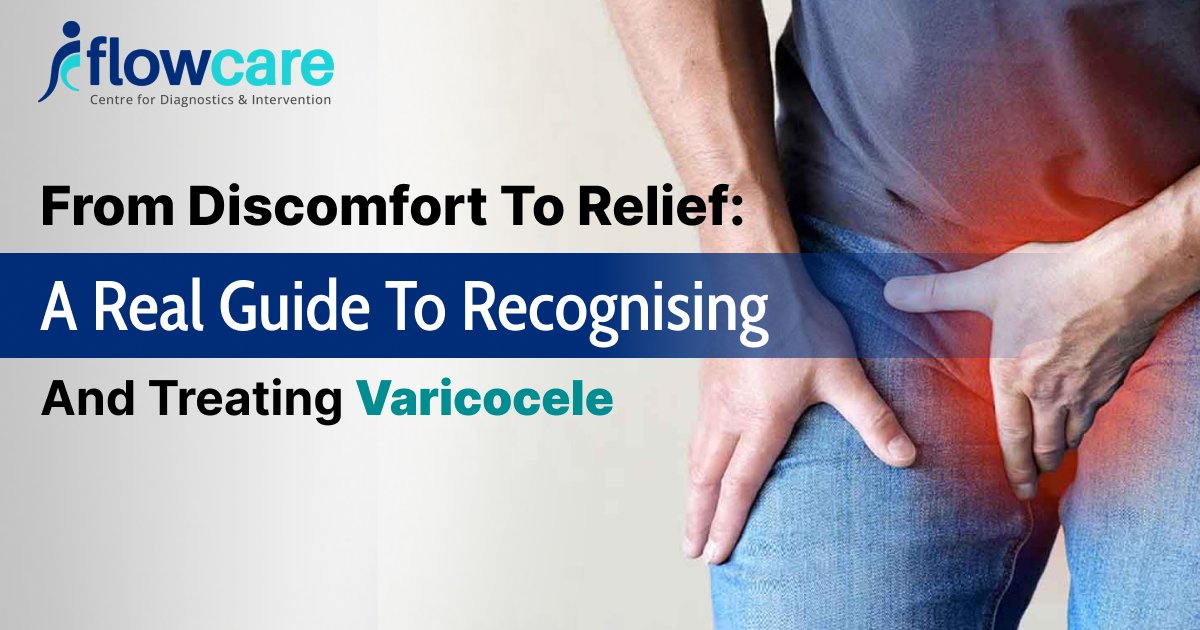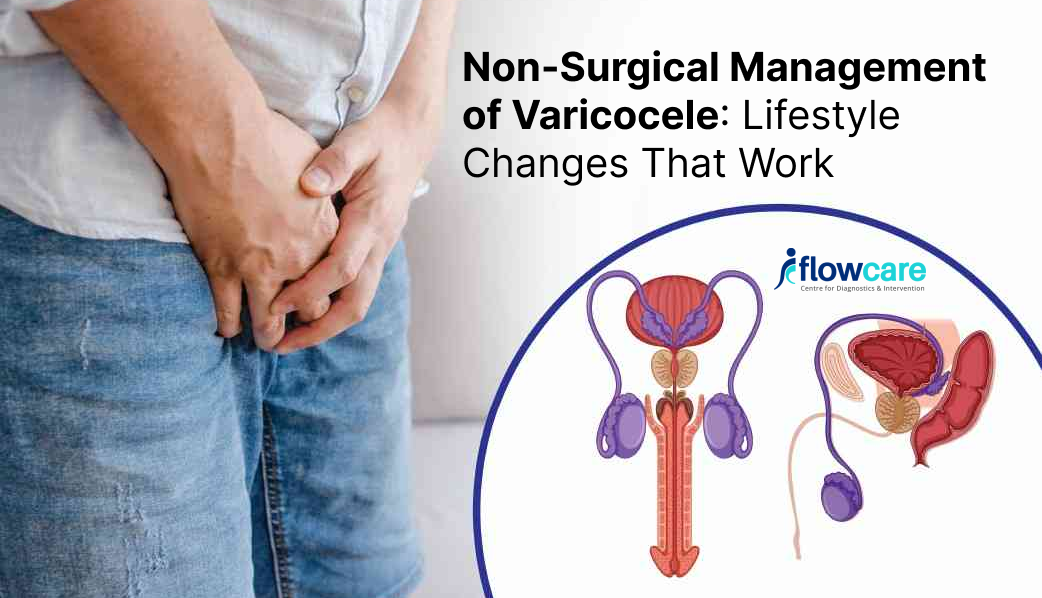
PRP Theraphy: A Potent Heel Pain Reliever
A crippling ailment that impairs quality of life and everyday activities is heel pain. For individuals with plantar fasciitis, Achilles tendonitis, or other underlying conditions, obtaining efficient relief is crucial. In lieu of surgery or drawn-out recovery periods, platelet-rich plasma (PRP) therapy has become a viable therapeutic alternative for heel pain, providing natural healing and symptom alleviation. We’ll go over the advantages of PRP therapy, how it operates, and what to anticipate from treatment in this guide.
Understanding Heel Pain
Numerous ailments, such as plantar fasciitis, bursitis, heel spurs, and Achilles tendonitis, can cause heel discomfort. The soft tissues that surround the foot’s arch and heel are frequently involved in these disorders, either through degeneration, inflammation, or micro-tears. Tenderness, oedema, and restricted mobility are possible symptoms, as well as intense or stabbing pain, particularly during the first steps in the morning or after extended periods of rest.
How PRP Therapy Works
PRP treatment speeds up tissue regeneration and repair by utilizing the body’s inherent healing mechanism. A little sample of the patient’s blood is taken during the operation, and it is processed to separate the platelet-rich plasma (PRP). Growth factors and bioactive proteins that encourage tissue repair, lessen inflammation, and ease pain are abundant in this PRP. After being ready, the PRP is precisely placed by injecting it straight into the heel’s injured area while being guided by ultrasonography.
Benefits of PRP Therapy for Heel Pain

PRP therapy offers several advantages for the treatment of heel pain:
Safe And Natural Healing
To heal any kind of pain, natural healing is the most essential as it is impactful and gives outcomes. Platelet-rich plasma (PRP) therapy lowers the risk of adverse reactions or issues by utilizing the patient’s blood to stimulate the body’s natural healing response. Thus, through this therapy, you can stimulate your body’s healing process.
Relief From Chronic Pain
PRP therapy stimulates tissue regeneration and reduces inflammation, considerably reducing pain for people with persistent heel pain. This stands out as one of the most beneficial alternative treatments for heel pain.
Non-Surgical
Compared to surgical methods, PRP therapy is less invasive because it doesn’t require incisions, anaesthesia, or prolonged recovery times. Also, this reduces the pain which is common with other surgical options. Patients can recover within a few days and resume their routine work.
Customised Treatment
PRP therapy is tailored to each patient’s specific condition and level of symptoms, allowing for targeted and customized care. This is also flexible and fulfils the personal needs of the patient’s body. This enhances the recovery speed as well as reduces the chance of any other side effects.
Long-lasting Results
PRP treatment has been shown to provide many patients with gradual improvements in function and mobility along with long-lasting relief from heel pain. Unlike other treatment options, PRP provides a long-term solution to the heel pain.
What to Expect During PRP Therapy
PRP therapy for heel pain usually involves many weeks of injections spaced a few weeks apart. The procedure is done as an outpatient therapy and takes thirty to sixty minutes to finish. The injection sites may cause minor swelling or discomfort in the patients, but these adverse effects usually fade away in a few days. Most patients may resume their normal activities shortly after treatment, although high-impact and strenuous activities should be avoided for a brief period of time to encourage the greatest possible recovery.
Conclusion
Platelet-rich plasma (PRP) therapy is suggested for the safe, effective, and non-surgical treatment of heel pain caused by conditions such as plantar fasciitis and Achilles tendonitis. PRP therapy uses the body’s natural healing processes to reduce inflammation, promote tissue regeneration, and relieve pain, helping patients regain improved comfort and mobility so they may get back to their usual activities. If you experience heel discomfort, see a qualified healthcare provider to see if PRP therapy is suitable and fit for you.
If you are in quest of the healthcare professional who provides you with the best consultation and treatment of your heel pain then you will get everything at Flowcare Intervention & Pain Clinic under the guidance of Dr. Rajendra Bansal. He is one of the few highly qualified and experienced Interventional radiologists in Rajasthan.






